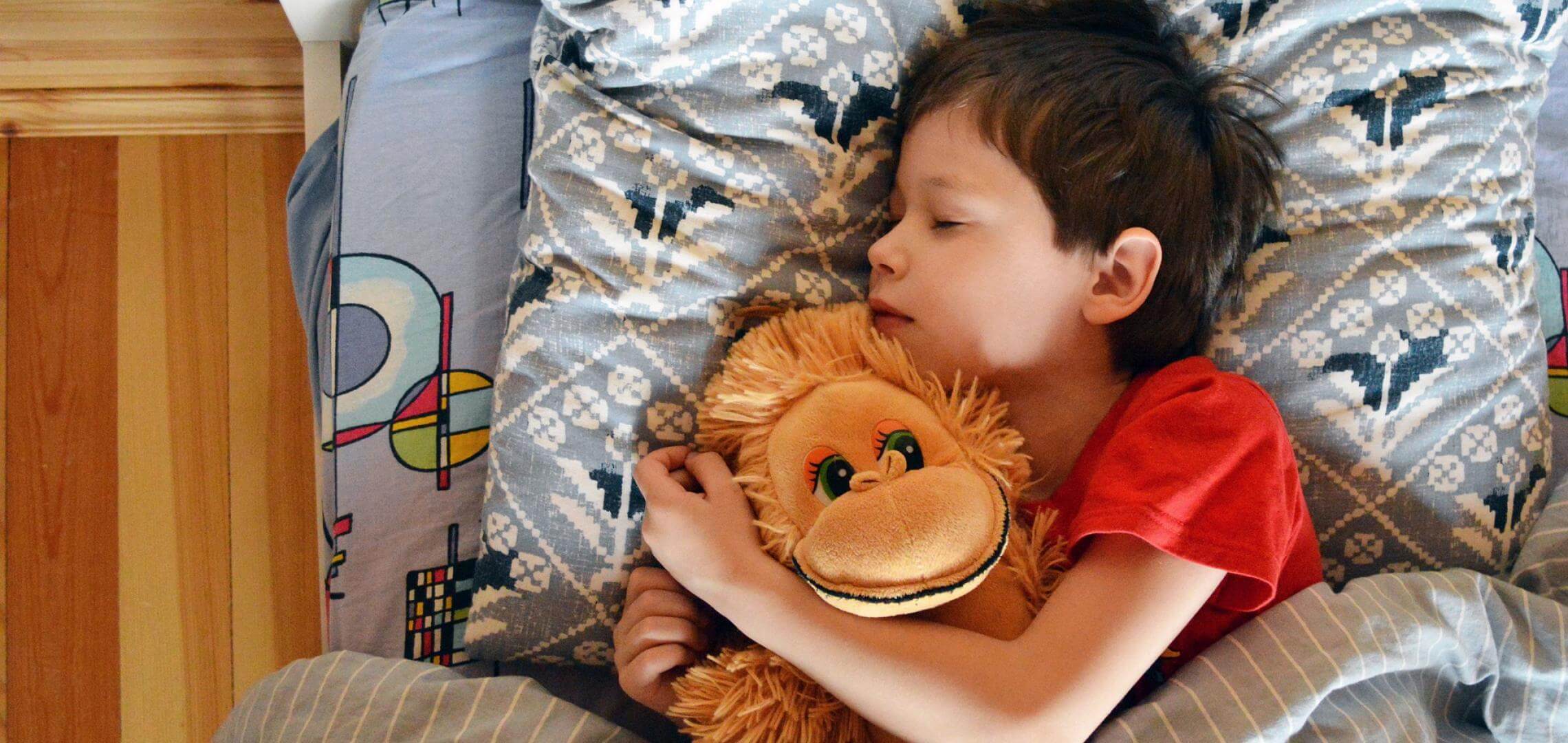
Scopelitis Transportation Law Conference Covers Range of Topics
While the Biden administration has set an overarching outlook for changes to motor carrier regulations, the timing on when those changes may actually arrive is far from certain, trucking legal experts said during a recent industry conference.
“If you look at the Unified Regulatory Agenda that the administration released in the spring — the official timeline for rulemaking — it’s highly aspirational,” said Richard Pianka, deputy general counsel for American Trucking Associations. “Very rarely does anything happen on the timeline that the Unified Agenda suggests.”
Pianka spoke at an Aug. 26 session at the 2021 Scopelitis, Garvin, Light, Hanson & Feary, P.C. Transportation Law Seminar in Indianapolis, a three-day legal conference attended by several hundred trucking executives.

Pianka
One issue on the agenda, Pianka noted, is an oral fluid drug testing rule that has been on federal trucking regulators’ agenda for some time, and was expected to be adopted by the Department of Transportation as recently as May, Pianka said.
“We saw a pretty major development in 2019 when the Department of Health and Human Services updated the federal workplace drug testing program to include oral fluid drug testing,” Pianka said.
Oral fluid testing detects only recent drug use, which could be frequently used for accident drug testing.
But for oral fluid to be used in drug testing for truck drivers, DOT must first update its own regulation to allow for fluid testing, which could occur in the “not too distant future,” Pianka said.
“Oral fluid drug testing is something we have been waiting on for a very long time, but has been moving at a very slow pace,” he added.
Pianka also indicated that a final federal rule allowing hair drug testing as an alternative to urinalysis — first mandated by Congress in late 2015 — is now projected to be finalized early next year. He noted, however, that the proposed rule — released in September 2020 — is “highly problematic” and has been heavily criticized by motor carriers, he said.
Under the proposal, medical review officers would not rely exclusively on hair testing, and would be directed to not immediately report a positive hair test result.
“What they do is run an alternative specimen, which would right now be urinalysis, and report the results of the alternative specimen,” Pianka said. “What this creates is a false negative problem. This really would make hair testing in the trucking industry pretty much useless.”
Pianka also said the administration has been unsuccessfully attempting to pass legislation that could require the Federal Motor Carrier Safety Administration to study the effects of recent regulatory tweaks that offer truck drivers more flexible hours-of-service options.
Pianka also noted that FMCSA already has the authority to review the HOS rule.
“The fact that it was in the House bill is an indication that there is a constituency for revisiting the hours-of-service rules,” he said. “It’s certainly a potential issue we’ll see on the horizon.”
Jennifer Hall, ATA’s general counsel, said she anticipates a final rule soon on a Trump-era proposal to remove a regulatory requirement for drivers to report road violations to their employers.

Hall
“They thought it was redundant that drivers report their motor vehicle records,” Hall told a regulatory update session of the legal conference. “So you’ll be getting that information from your own queries.”
Hall also said the National Transportation Safety Board has placed some priority on securing screening criteria for drivers to undergo sleep tests for obstructive sleep apnea.
“We anticipate that this could be an issue that we will see coming forward for regulation,” Hall said.
In addition, Pianka said a bipartisan Senate regulation would, if passed, direct federal regulators to issue within two years a rule that all new heavy trucks come equipped with automated emergency braking.
“This has already been on the National Highway Traffic Safety Administration’s agenda for some time,” Pianka said. “So we think this has a good chance of becoming law.”
Pianka also said there’s a likelihood that the Biden administration would pursue raising the required minimum insurance for trucks.
“This is an issue that’s been around for a long time, and it’s not going to go away,” he said.

